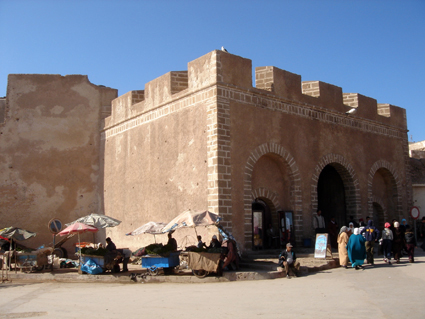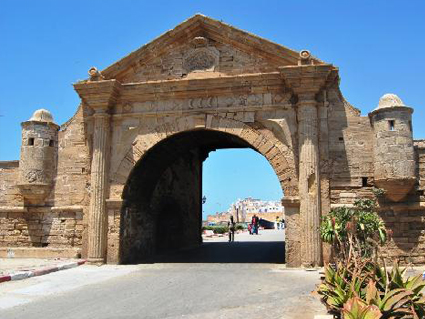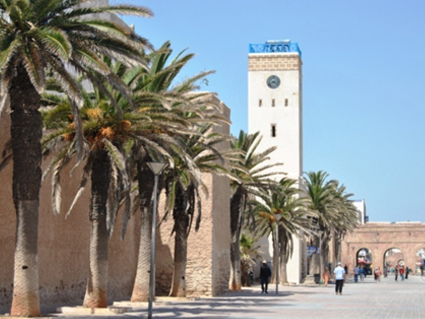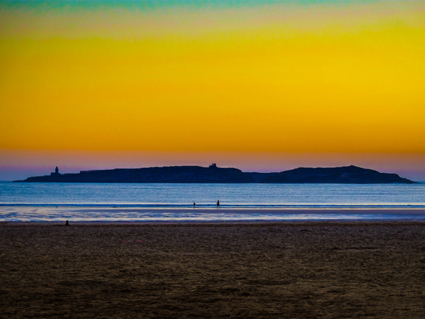History
Its history began in the seventh century B.C. The Phoenicians used to stop off at the island of Mogador as they returned from West Africa.
The Romans later settled a center for the manufacture of purple; the Portuguese established a military detachment and a trading post. Manufactured goods were exchanged in Europe with gold, salt, sugar, and ostrich feathers from the Saharan caravans. This is how the city of Mogador flourished until the XVI century.
Essaouira obtained its city name at Morocco's independence in 1956, this was also the beginning of the city’s industrial decline. In the 60s, Essaouira became a favorite refuge for hippies.
Orson Welles came to shoot several scenes for his film "Othello" and Jimmi Hendrix and his peers of the "beat generation" found it a refuge for creatives.
Tourists buy and restore old houses or Riads in the Kasbah.
The Medina
The urban plan of Essaouira’s city is one of the rare remnants of ancient Morocco that has been carefully preserved since the 18th century. The design is attributed to the architect Comut Avignon, who designed and oversaw the building of the Skallas of Kasbah, the port with fortifications and batteries, as well as the enclosure of the outer and interior walls. Like many Moroccan medinas, the streets of Essaouira are narrow, the city is still organized around these straight streets at right angles, cut through doors that were designed to break the trade winds. The vast market called Souk Jdid, is divided into four parts by the intersection of the two main arteries: the fish souk, spice souk, grain souk and the Joutia (flea market).
The Museum Sidi Mohamed Ben Abdellah
The Sidi Mohammed ben Abdellah Museum of Essaouira dates back to the nineteenth century. After playing its role as the residence for the Pasha (ruler) of Essaouira, followed by local municipal services during independence, this monument was selected in 1980 to house the city’s museum
The museum was designed to showcase the culture, art and traditions of Essaouira. You can admire the series of old photographs that trace the lifestyle and architectural evolution of the city, carpets, traditional costumes and weapons. The wood room shows the genius of the architect Souiri and his cedar wood artwork that made his fame and the tools used for his creations. Marquetry is the specialty of Essaouira’s craftsmen since the nineteenth century and the museum houses a beautiful collection of old painted and inlaid wooden objects.
Skalla , La Kasbah
The monument consists of a platform with battlements at two levels, and pierced with large doors (gates). It consists of a series of pieces, including those on the ground floor used for the storage of weapons and ammunition.
At the foot of the Skalla, there is a street where the workshops of marquetry are concentrated, and are famous worldwide for the quality of their work.
The Purpuraires Islands
A prison was built during the era of Sultan Moulay Hassan. Today the islands are home to a falcon reserve and are only half an hour away by motor-boat, but require advance permission from local authorities for any tours.
The Navy's Door
The Port
About KM Adventures
Our luxury transfer services with professional drivers offers solutions for your business or private travel.











